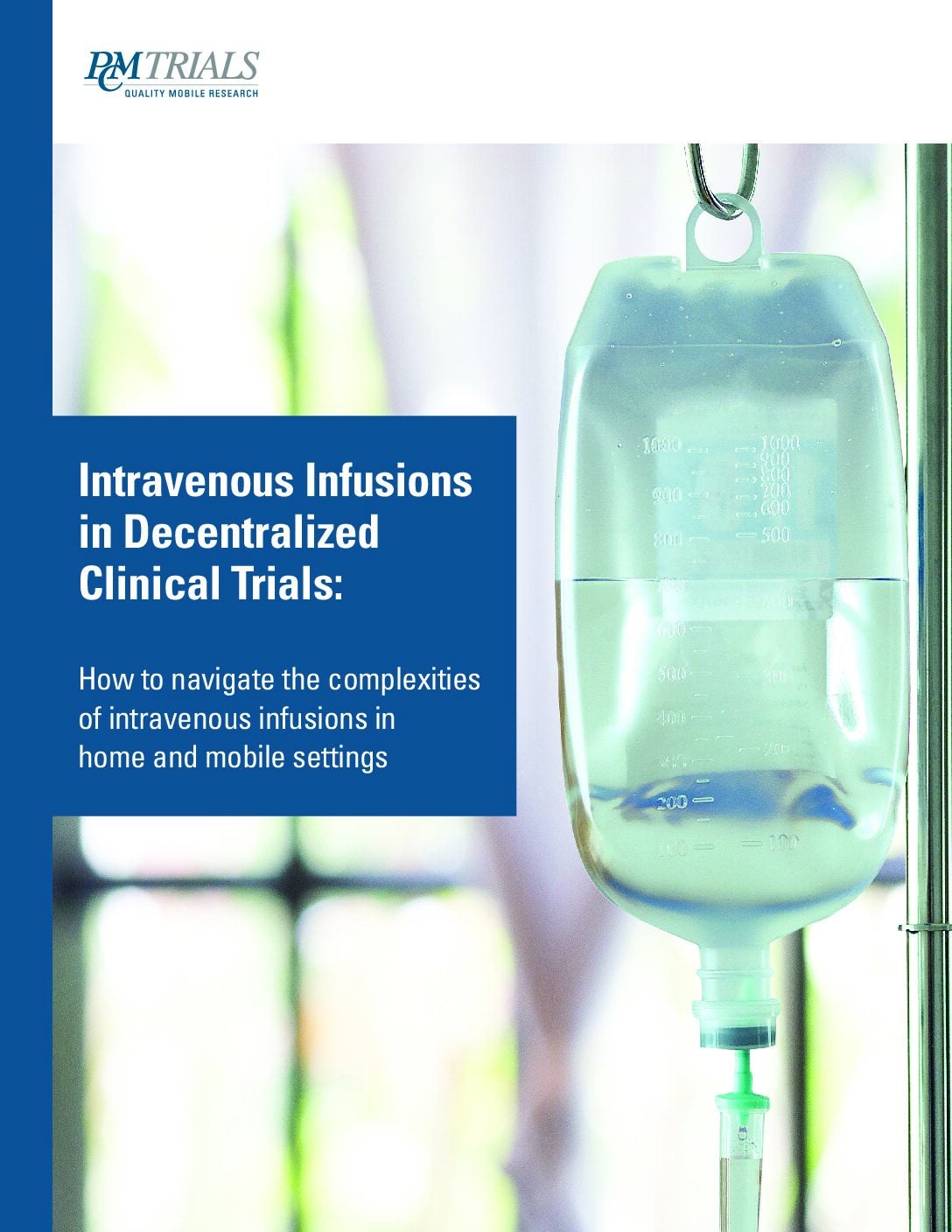It’s no secret that putting together an accurate forecast is no mean feat. The person responsible for developing the budget has the unenviable task of ensuring it is, on the one hand, flexible while making sure all costs are covered. This is crucial because if the trial is not in budget, extenuating costs can derail a study. So what are the cornerstones of an accurate forecast? Here are things to consider:
1) Establishing the difference between a Realistic Forecast and Approved to Spend
Oftentimes when clinical trial managers forecast the amount they’re likely to spend on a trial, they over estimate to play it safe. This can lead to company leaders wanting to reallocate funds if the CTM is underspending. While the people at the top preach underspending is just as egregious as overspending, the common consensus is that the former is the lesser of two evils. To avoid future clashes, there needs to be a change in approach. If a CTM has forecasted a massive budget, but has only spent a small portion of said budget, the company should still allow them to retain the funds should they need it, however unlikely. By implementing this approach, companies can improve forecast accuracy almost immediately.

US Tariffs are shifting - will you react or anticipate?
Don’t let policy changes catch you off guard. Stay proactive with real-time data and expert analysis.
By GlobalData2) Understanding of CTM systems
Typically, R&D and Finance departments will use varying systems to forecast projections. While R&D has clinical trial management systems that benchmark CROs and analyze financial tracking modules, Finance usually has different systems for budgeting and planning as well as accounting and payments. Therefore it’s important there’s an understanding of each system’s function. Failure to do so could result in inaccurate forecasts. By thoroughly training all Finance and R&D personnel, you can ensure familiarity across all systems, as well as a general understanding of processes and how each system relates with one another.
3) Forecasting Items
When forecasting, ensure that you prioritize which items are more important than others. It’s easy to get caught up on low-budget items, such as travel expenses. It’s vital therefore to pay more attention to aspects of the budget that require more focus. That would include site monitoring expenses and investigator grant payments over IVRS costs and IRB fees. To determine low-impact budget items, create a standard set of assumptions under the premise that these will likely “change based on reality”, but won’t affect the overall study budget.
4) Risk Probability
Oftentimes, sponsor companies will use risk probabilities and adjustments when forecasting clinical trials. For new trials yet to begin, it’s essential they have a risk probability factor that differs from that of active studies. In some cases, companies will allocate a similar risk probability factor to a new trial to one that was assign to an ongoing trial. While an active trial may encounter slower progress in patient recruitment, a new trial could in theory experience the same issues on top of further risks, such as site initiation and contract timing.
5) Financial Accruals
One of the main reasons behind inaccurate forecasts, according to experts, is a seeming lack of understanding of financial accruals. Accruals, calculated monthly, estimate the entire value of clinical trial activity. The challenge of accounting for all the various stakeholders and players involved in a clinical trial is no doubt an onerous task. A lot depends on having in place appropriate models that can produce accurate accrual estimates. Therefore it’s important to have a solid understanding of your company’s methodologies in order to forecast a clinical trial.
In Summary
For many professionals involved in the final aspect of running clinical trials, budgeting and forecasting is complex in nature. Although the tips offered in this piece are by no means a panacea, by following these simple steps, you will have financial forecasts that are more accurate, easing the clinical trial process as a whole.
*Adapted from Chris Chan’s ‘Clinical Trials Budgeting and Forecasting: Six Simple Steps to Immediately Improve Accuracy’





